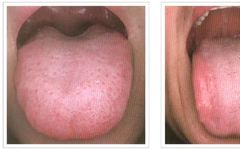Tongue movement refers to the dynamic activity of the tongue. The main manifestations of tongue movement include normal tongue movement, tongue deviation, tongue rigidity, tongue atrophy, tongue shortening, tongue protrusion, and tongue tremor.
01
Normal Tongue Movement
 Characteristics: The tongue body is flexible and can extend and retract freely.Clinical Significance: Indicates abundant Qi and blood, smooth meridian flow, and strong organ function.
Characteristics: The tongue body is flexible and can extend and retract freely.Clinical Significance: Indicates abundant Qi and blood, smooth meridian flow, and strong organ function.
02
Deviated Tongue
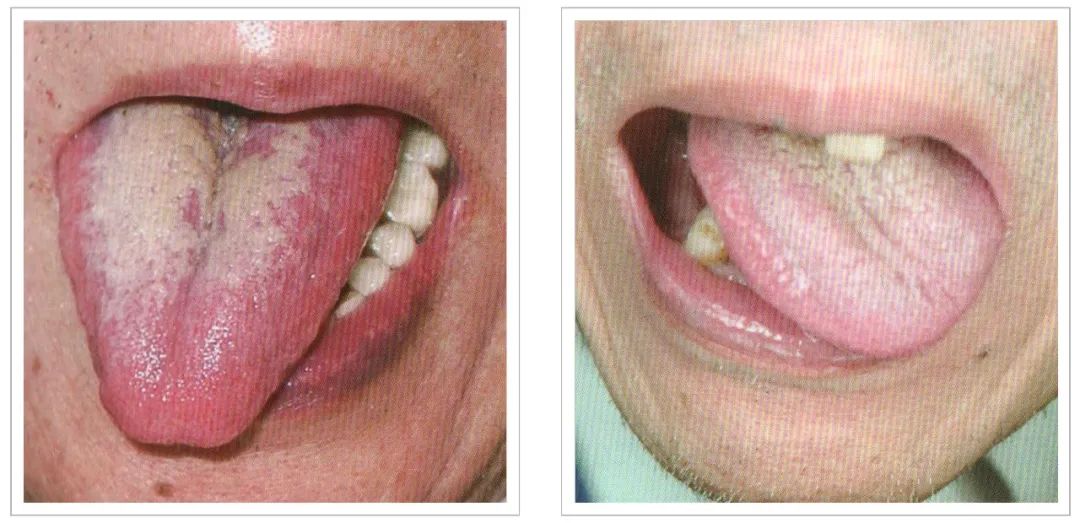 Characteristics: When extending the tongue, the tongue body tilts to one side.Clinical Significance: Often caused by liver fire combined with phlegm or phlegm-stasis obstructing the meridians, commonly seen in stroke patients.
Characteristics: When extending the tongue, the tongue body tilts to one side.Clinical Significance: Often caused by liver fire combined with phlegm or phlegm-stasis obstructing the meridians, commonly seen in stroke patients.
03
Rigid Tongue
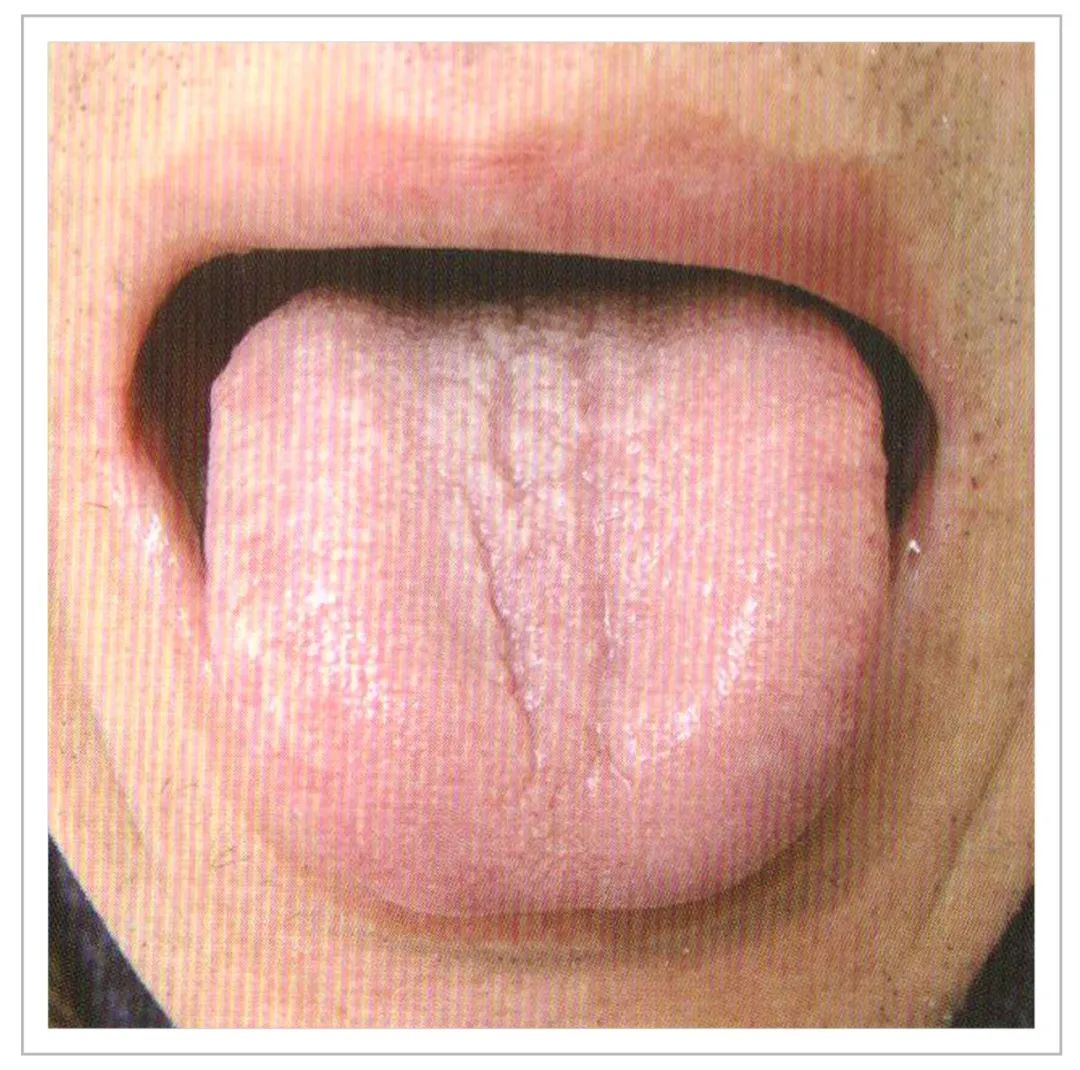 Characteristics: The tongue body is rigid, unable to rotate or extend properly.Clinical Significance: A rigid tongue with a red color and little moisture indicates excessive heat damaging fluids; a rigid tongue with thick, greasy coating suggests wind-phlegm obstructing the meridians; sudden rigidity and slurred speech, accompanied by limb numbness and dizziness, indicate a premonitory sign of stroke.
Characteristics: The tongue body is rigid, unable to rotate or extend properly.Clinical Significance: A rigid tongue with a red color and little moisture indicates excessive heat damaging fluids; a rigid tongue with thick, greasy coating suggests wind-phlegm obstructing the meridians; sudden rigidity and slurred speech, accompanied by limb numbness and dizziness, indicate a premonitory sign of stroke.
04
Atrophied and Soft Tongue
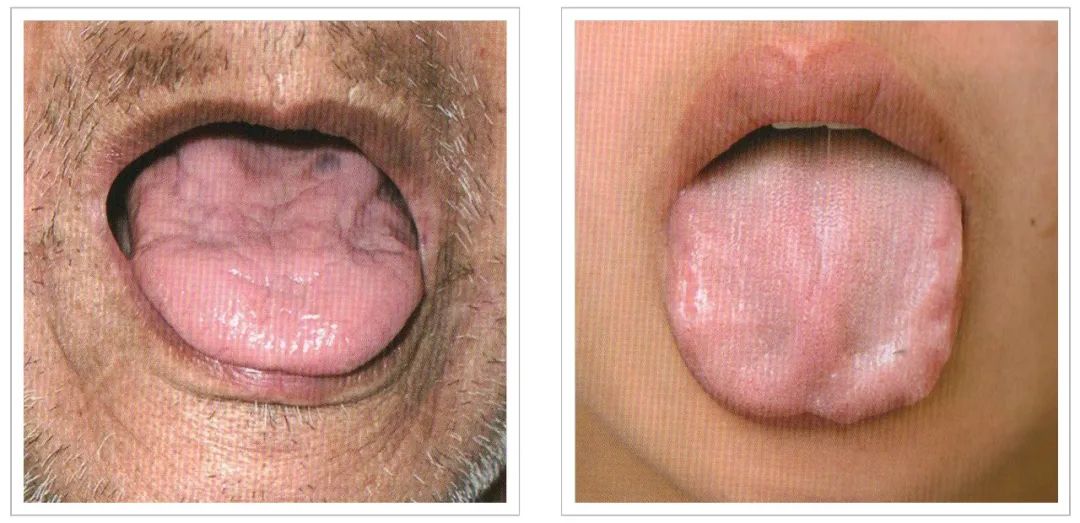 Characteristics: The tongue body is weak, lacking the strength to extend or rotate.Clinical Significance: A soft and red tongue with little coating indicates heat evil damaging Yin, or chronic internal injury leading to Yin deficiency and excessive fire. A soft and pale tongue with no luster indicates chronic Qi and blood deficiency.
Characteristics: The tongue body is weak, lacking the strength to extend or rotate.Clinical Significance: A soft and red tongue with little coating indicates heat evil damaging Yin, or chronic internal injury leading to Yin deficiency and excessive fire. A soft and pale tongue with no luster indicates chronic Qi and blood deficiency.
05
Shortened Tongue
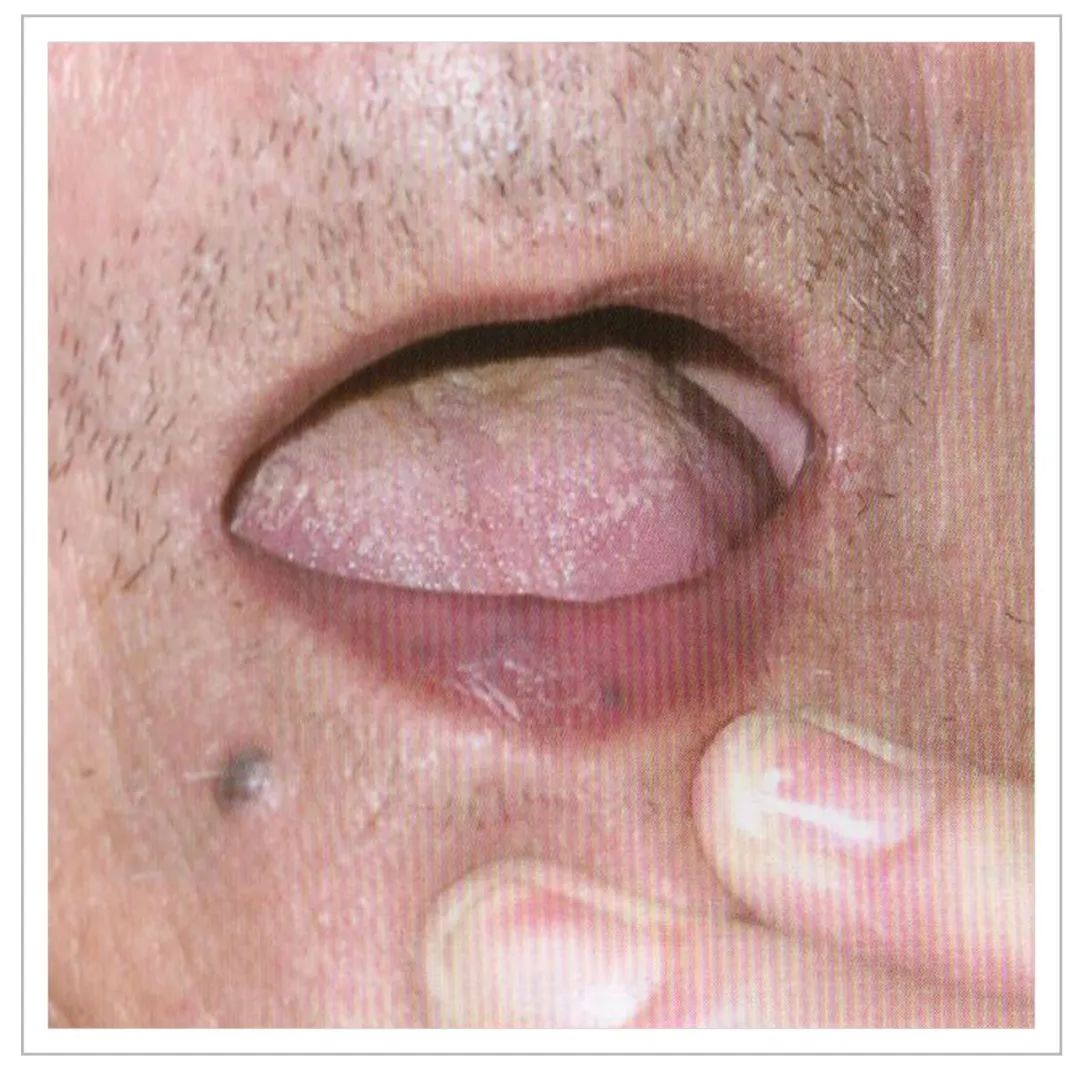
Characteristics: The tongue body is curled and cannot extend, and in severe cases, cannot reach the teeth.
Clinical Significance: A shortened tongue with a pale or bluish color and moistness often indicates cold congealing the meridians; a red and dry tongue often indicates heat disease damaging fluids; a short and swollen tongue, or one with thick greasy coating, often indicates wind-phlegm obstructing the meridians.
06
Protruding Tongue
Characteristics: The tongue protrudes and extends outside the mouth without retracting; when playing with the tongue, it repeatedly licks around the lips, resembling a snake.Clinical Significance: Indicates heat in the heart and spleen, with severe heat stirring wind. In critical conditions, protruding tongue often indicates that the heart Qi has already exhausted, also seen in congenital mental retardation patients.
07
Trembling Tongue
Characteristics: The tongue body trembles involuntarily, shaking restlessly. The tremor is particularly noticeable when extending the tongue.Clinical Significance: One of the manifestations of stirring wind. A pale and trembling tongue indicates blood deficiency stirring wind; a red and purple trembling tongue indicates excessive heat stirring wind or liver Yang transforming into wind.


